I recently traveled to Sicily, where lush groves of citrus grow in various places on the island—around Palermo on the northwest coast and at the foot of volanic Mount Etna on the east, in particular.
While there, I read Helena Attlee's The Land Where Lemons Grow, a deliciously absorbing book on the history of Italian citrus—the stories, in vivid descriptions, of how they got there, how they have been cared for, and how they have come to contribute to Italian culture over the centuries, from the Mafia-grown mandarin crops in Palermo to the rare chinotto of the Ligurian riviera.
Every page made me want to dive head-first into a bowl of citrus. And as I was reading in the car, while driving from town to town, past rows and rows of citrus trees, some laden with bright colored fruit, like Christmas ornaments on the dark-leaved trees. We passed roadside farmers' stalls selling lemons, mandarins, and oranges by the bucketloads.
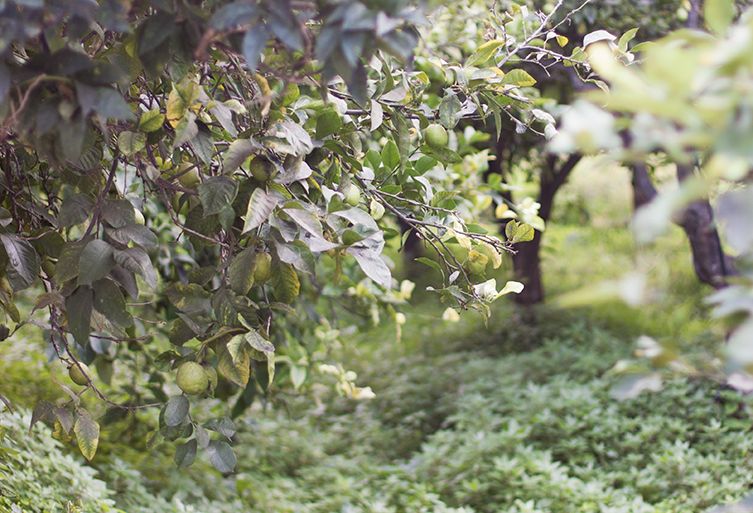
I came back home craving something with oranges—a simple cake, perfumed with that sharp, citrus scent. I first tried Roman cookbook writer Ada Boni's gateaux all'arancia from her 1929 cookbook The Talisman.
I had high hopes for the cake, which was studded with rum-soaked candied orange (I had bought some rather expensive artisan candied orange peels) and enhanced with a bit of orange zest. But it had no rising agents at all and I found it a little too dense.
After a bit of searching around, I read about a cake that Marcella Hazan calls torta di arance all'anconetana, attributing it to Ancona, the important port town of Le Marche region. It sounded like Ada Boni's cake in nearly every single way: identical amounts of eggs, butter, sugar, and flour (though Ada's asked for half all-purpose flour, half potato starch).
Ada's cake includes rum, while Marcella's calls for uozo (or sambuca, the more traditional liqueur from this region), but the main difference is that Marcella's cake includes baking powder and the freshly grated zest of three oranges.
But what got me was the final touch: 2 cups of freshly squeezed orange juice, slightly sweetened, poured over the entire cake while it's still hot out of the oven. As the cake is left to absorb the juice, it becomes super moist, soft, and fluffy—but not sticky or dense. And delightfully, perfectly citrusy.
Not all oranges are created equal; different varieties have different levels of sweetness and juice, so taste them before using them in this cake:
- I used slightly bitter oranges with a very thin peel, which resulted in a cake on the right side of being not too sweet, with a good level of acidity.
- I also added an extra spoonful of sugar in the juice for this reason. But if you're using very sweet Navel oranges, for example, you may want to try using less sugar or even substituting a lemon for one of the oranges for a balance of acidity.
- You also want to choose oranges that have an edible peel—and a flavorful, fragrant one at that. Many commercial oranges are covered in a mixture of fungicides and wax, which you probably don't want to grate into your cake. Helena Attlee calls these the most processed of un-processed foods. Go for organic or unwaxed oranges for the best zest.
- Also try a microplane for zesting; you won't get any of the unwanted, bitter with pith in there with one of these.
I learned a trick for getting the most out of the citrus zest from a friend who, in turn, learned it from an Italian nonna: Combine the zest and the sugar together first; rub them together with your fingertips (or pulse in a food processor) to bring out the essential oils.
Torta all'Arancia (Orange Cake Inspired by Ada Boni and Marcella Hazan)
Serves 8
1 cup (200 grams) sugar
Zest of 3 large organic oranges
1/4 cup (50 grams) butter, softened
3 large eggs
A splash of rum
2 cups (250 grams) flour
2 teaspoons baking powder
Freshly squeezed juice of about 4 to 5 oranges
2 tablespoons sugar (or according to taste)
Confectioners' sugar, for dusting
See the full recipe (and save and print it) here.
Citrus photo by James Ransom; all other photos by Emiko Davies
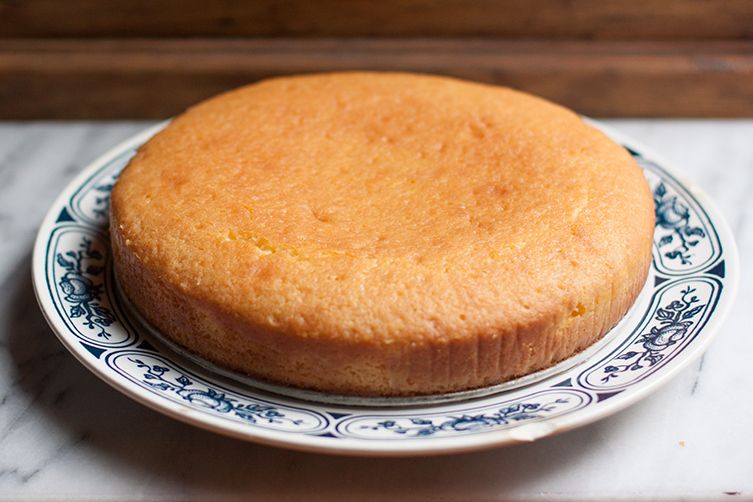
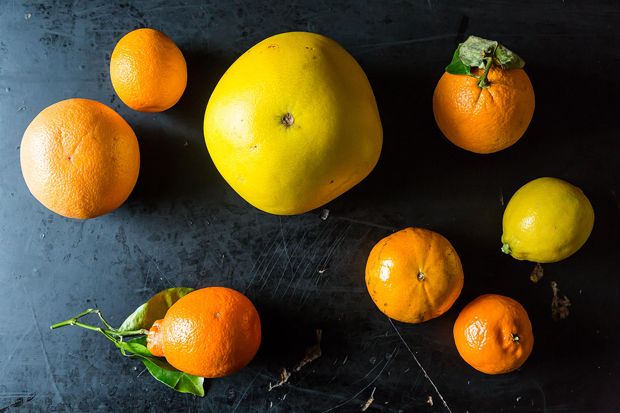
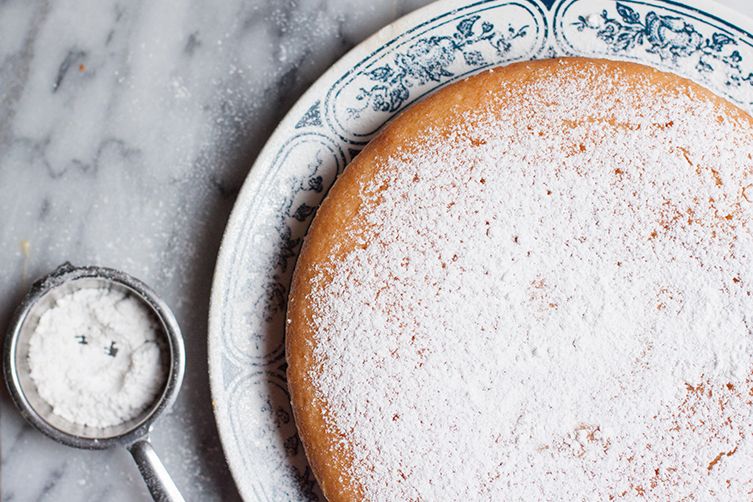
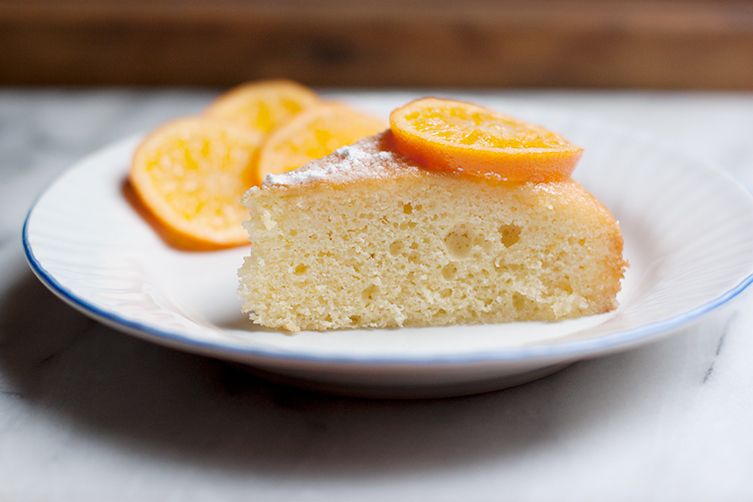

See what other Food52 readers are saying.